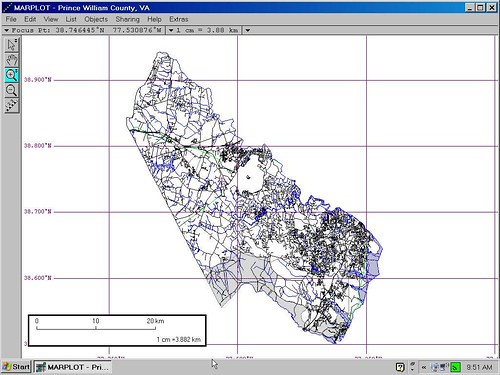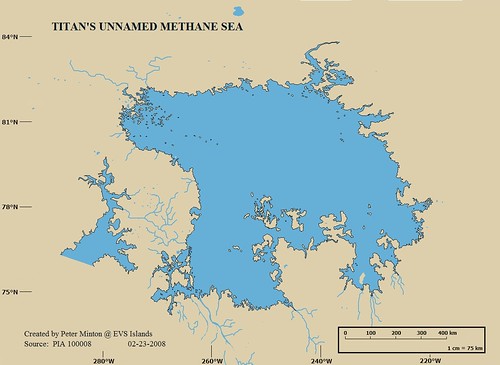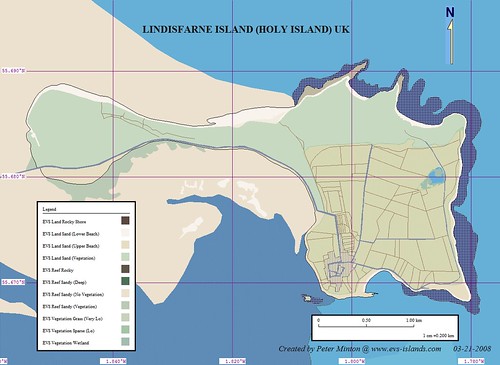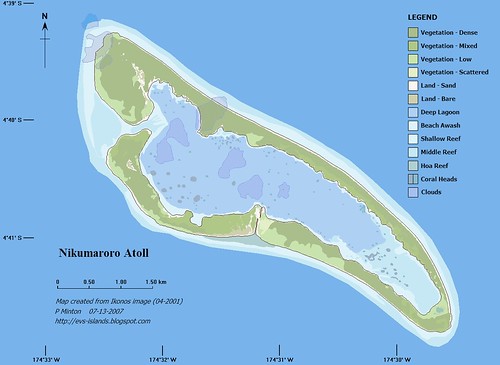
Marplot Mapping Software

Marplot Mapping - Census Tiger Data for Prince William County VA

Mr MInton's World Shoreline Marplot Map
This post is a discussion of some of the things that one can do with Marplot, and they are many. This is not a discussion of how seamlessly Marplot works with the Census TIGER files. It is a discussion of Marplot's ability to hold a large number of vector and raster layers of information within a user defined map. My map is called World Shoreline and it currently contains 200-plus unique layers of information. Marplot allows me to switch layers on and off as I need them. I control the layer's range, color, line width, fill, and symbol. I can override my choices at any time and modify layer appearance. Marplot let's me take polylines and create polygons. In addition, it easily allows for the creation of islands of information within larger islands. Oh, by the way, it's free.
Marplot can import BMP, PNG, JPG and a few other raster image formats. However, direct import file options are limited to DAT file format (ARC Ungenerate), TXT file and MIE format (Marplot's own format). One can import SHP files using a freely available piece of conversion software called shp2mie. Marplot's digitizing features are functional, but limited.
I began using Marplot over 5-years ago. It was free and seemed to offer some useful possibilities. As I gained more and more experience working with it, I've come to appreciate the breadth of options available in it. It is a "poor man's" GIS package. I am aware of extremely robust Open-Source GIS packages. I have tried them and for my work they are too complex. Marplot is the ticket for me.
However, if I had to depend solely on Marplot as my digitizing software, I am quick to acknowledge that the quantity of my EVS Island maps would be a fraction of what I am able to currently produce due to the serious limitations of Marplot as a digitizing platform. My digitizing and raster image manipulating software of choice is Global Mapper. Global Mapper allows me to load a number of Landsat ETM+ images quickly and easily. Within seconds, I am digitizing shorelines. It has many additional features and is used by GIS professionals to accomplish quite demanding and complex mapping tasks.
I have tried other mapping packages, but I keep coming back to Marplot. Oh, well, as they say, "dance with the one who brought you." and Marplot maps are an integral part of every one of my EVS-Islands projects.
Enjoy!








